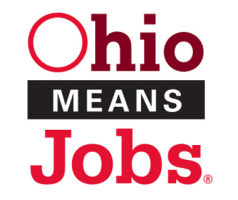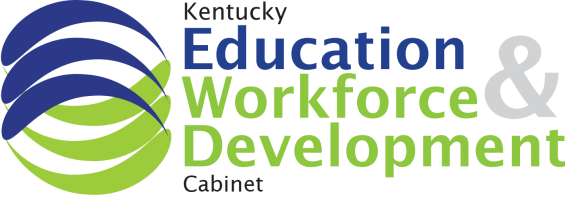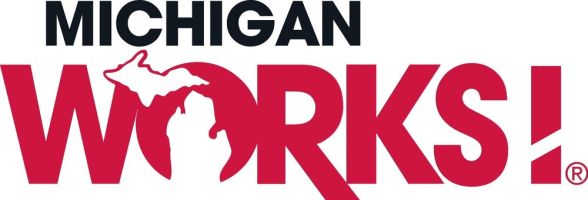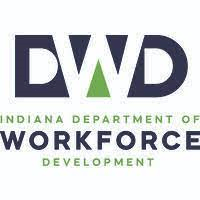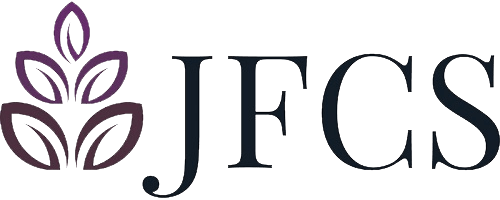Alumni in Action: Kimberly Logan on PMOs and More!

Kimberly Logan, a PMP certified project manager since 2009, earned a Lean Six Sigma Black Belt (LSSBB) from Breakthrough Performance Group (BPG) in 2019, and became a Certified Scrum Master (CSM) in 2022. Drawing on her experience as both an employee and a business consultant in a variety of industries — including banking, healthcare, and transportation — Kimberly recently shared with us her insights on these project management topics:
- PMO structures
- Why project artifacts are critical
- The importance of culture and leadership
- Identifying your project management niche
- Keeping PMP certification up to date
- How she supplements PMP with LSS
What is it like to work in a Project Management Office (PMO)?
It depends on the type of PMO. Some companies have individual PMOs dedicated to different parts of the company, each with their own staff. In enterprise-wide PMOs, the PMO staff serve as consultants to projects. The PMO Manager conducts an “intake process” with the stakeholder(s) to identify high level scope, requirements, and then assigns a project manager who will monitor status and progress.
Some PMOs are very formal; they have strict guidelines and processes that must be followed. While there may be some room for a project manager to tweak processes for a specific project, the changes must be within the guidelines of the PMO best practices. Very formal PMOs regularly audit project documentation to ensure compliance, quality, and thoroughness. This is especially likely in industries that must meet federal and state regulations and reporting requirements (think healthcare and finance). Kimberly emphasizes that formal PMOs are more structured to work in than less formal ones.
Project artifacts are critical.
Kimberly has observed that the quality (and existence) of project artifacts is often a weak link in less formal PMOs. One project she reviewed did not have any meeting minutes – meaning any key discussion points, action items, decisions, risks, etc, were not documented and shared with the project team. Anyone who did not attend a meeting might not be aware of critical project decisions or issues. Not capturing minutes can cause the project team to have to meet again and re-discuss the issue, which may result in a different resolution than previously discussed. Keep in mind that all project artifacts — from project proposal to closeout — can be subpoenaed by a court of law if there are any legal issues, so you need to keep that in mind when creating documentation. Kimberly recommends using LEAN to improve or establish processes for artifacts. For example, use a fishbone diagram chart and the 5Ys to identify why artifacts are a weak link; use Voice of the Customer to be sure the artifacts add value, and be sure to sustain and maintain processes.
Leadership and culture are key to succes.
Regardless of the PMO structure, Kimberly says a strong and supportive Project Sponsor is key to the success of every project. She once worked on a Program that put her project in competition for resources with another Program Manager. Both Programs had the same sponsor and project escalation strategies did not help. The sponsor needed both projects done “yesterday” but neither the Sponsor nor the Program Managers provided guidance on how to resolve the resource and schedule issues. Kimberly’s point: Projects do not stand alone, they involve a village, and corporate politics can make projects unnecessarily messy.
Kimberly also has extensive experience handling projects focused on change. She emphasizes that to be successful with change initiatives the company leaders must be the champions for the changes and present a united front to encourage employees’ buy-ins. Kimberly urges getting leaders involved by giving them an opportunity to review and question changes. In all her work, Kimberly emphasizes communication, collaboration, and a servant leadership mindset to improve processes and productivity.
Certifications add to your project management arsenal.
Kimberly (who has PMP, LSSBB and ScrumMaster certifications) advocates expanding and maintaining your skills. If someone asks her why they need a PMP or LSSBB if most of their projects are small and don’t require certifications, she will answer “If you were a baker would you always want to bake cupcakes? Or would you want to be able to provide customers with a variety of goods, from cupcakes to wedding cakes?” Her point — training gives you a sound foundation that you can build on; access to various tools and information that can be added to your personal project management toolbelt, and the ability to know where to look for more information when needed.
And, to those wondering if they really need to renew their PMP certifications, Kimberly says “You went through heaven and earth to earn your PMP; it is so much easier to keep it current than let it lapse and have to start over.” She notes you can find inexpensive or free options to earn PDUs and suggests regularly scheduling time to get them. She also points out “If you finish one re-certification cycle early, you can start the next certification cycle right away so you stay ahead of the game. That’s really beneficial, especially for when ‘life’ happens and you don’t have the time (or brain energy) to get PDUs.” Bottom line: “It is always better to learn and have.”
Identify your project management niches.
As Kimberly’s experience shows, project management skills can be widely applied. If you are looking for a new opportunity and do not want to be pigeonholed in a particular industry, Kimberly suggests identifying your project management niche. Some examples she has seen: Expertise with a specific tool (such as Microsoft Project) or type of project (i.e. SCRUM); subject matter expertise, and being multi-lingual. While not precisely a bi-lingual niche, one of Kimberly’s niches has been her ability to work in both business and technical environments, often being a “neutral” translator between the two worlds. And, no need to get pigeonholed with a single niche. Today, Kimberly finds that her niche is coaching and grooming future leaders and Project Managers.
How LEAN enhances PMP
Kimberly found LEAN gave her some new ways to gather project information and identify root causes of problems. She uses fish diagrams regularly, along with risk management tools. More broadly, Kimberly notes “LEAN is about eliminating waste and working more efficiently, not just in manufacturing but also in routine business practices and processes – and that’s something you can work at every day.”

